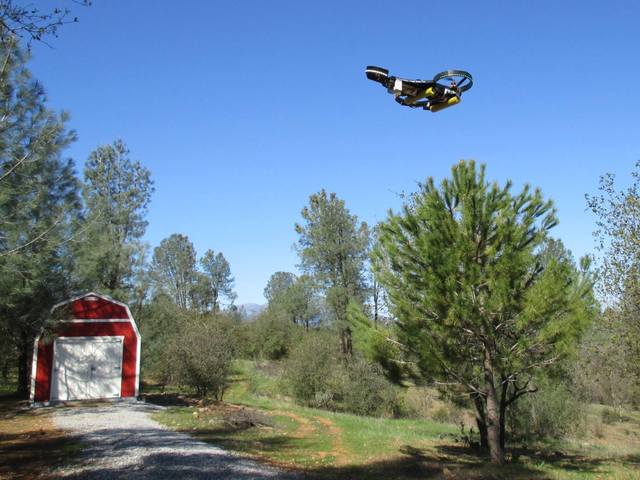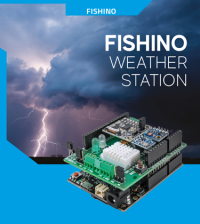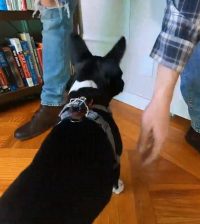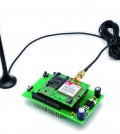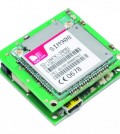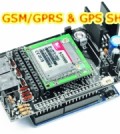- How to Adjust X and Y Axis Scale in Arduino Serial Plotter (No Extra Software Needed)Posted 6 months ago
- Elettronici Entusiasti: Inspiring Makers at Maker Faire Rome 2024Posted 6 months ago
- makeITcircular 2024 content launched – Part of Maker Faire Rome 2024Posted 8 months ago
- Application For Maker Faire Rome 2024: Deadline June 20thPosted 9 months ago
- Building a 3D Digital Clock with ArduinoPosted 1 year ago
- Creating a controller for Minecraft with realistic body movements using ArduinoPosted 1 year ago
- Snowflake with ArduinoPosted 1 year ago
- Holographic Christmas TreePosted 1 year ago
- Segstick: Build Your Own Self-Balancing Vehicle in Just 2 Days with ArduinoPosted 1 year ago
- ZSWatch: An Open-Source Smartwatch Project Based on the Zephyr Operating SystemPosted 1 year ago
A Low-Cost, Open Source LiDAR (autonomous vehicles)
An interesting project is rising funds on kickstarter: a Low-Cost LiDAR for Educational, Embedded System and Robotic Use:
Starting in 2009, I noticed the need for LiDAR. Ground and aerial bots need good data from their physical surroundings to “prime the pump” of navigation methodologies like SLAM. Seeing others and myself having to cope with this “sensory-bottle-neck” was frustrating. We’d have this great microprocessor system, advanced program code, and really capable bot, but without LiDAR and SLAM, we couldn’t trust the machine to fly around autonomously.
So, wanting to participate in the 2011 International Aerial Robotics Competition (IARC), I started looking at sensory solutions. Some of the teams could afford the Hokuyo LiDARs. These were 1200 to 6500 US$, and the modern ones are USB only. Other teams used home made solutions like scanned ultrasound, crossed laser beams and so on. But until I saw the Neato XV-11 hack challenge, I wasn’t sure where to go next. Fortunately, seeing autonomous flight attempts from 2011 to 2013 in Grand Forks North Dakota, I became more and more convinced that sensory and telemetry systems are the key to getting our UAV’s to be more than just expensive toys.
The lack of – and need for – an affordable open source LiDAR has become an intolerable obstacle, and this must change.
via Low-Cost, Open Source LiDAR for Robotic Systems. by Patrick W. Coleman — Kickstarter.

